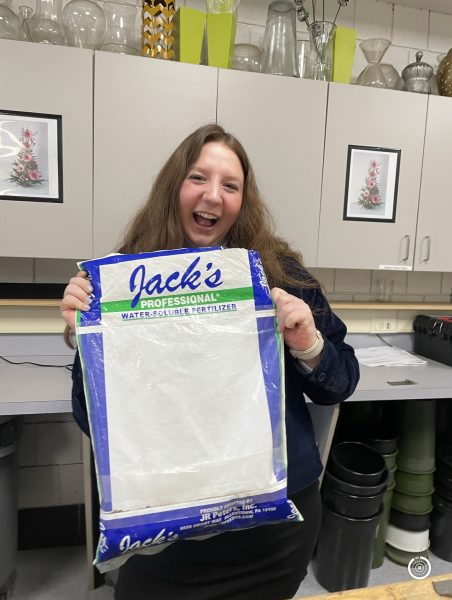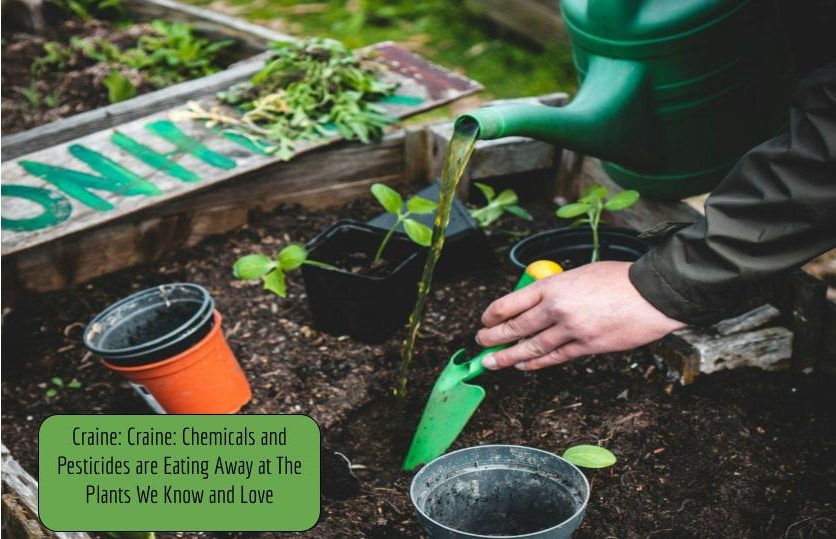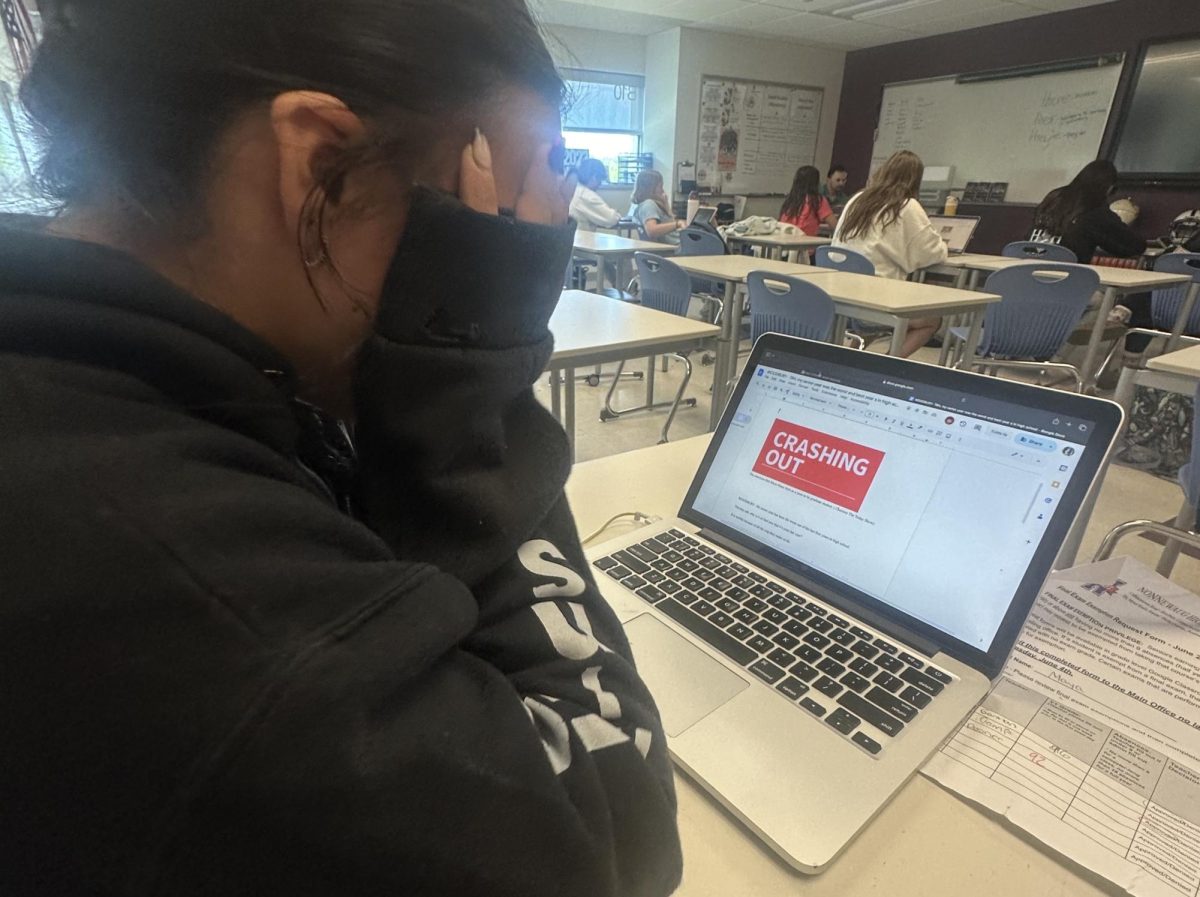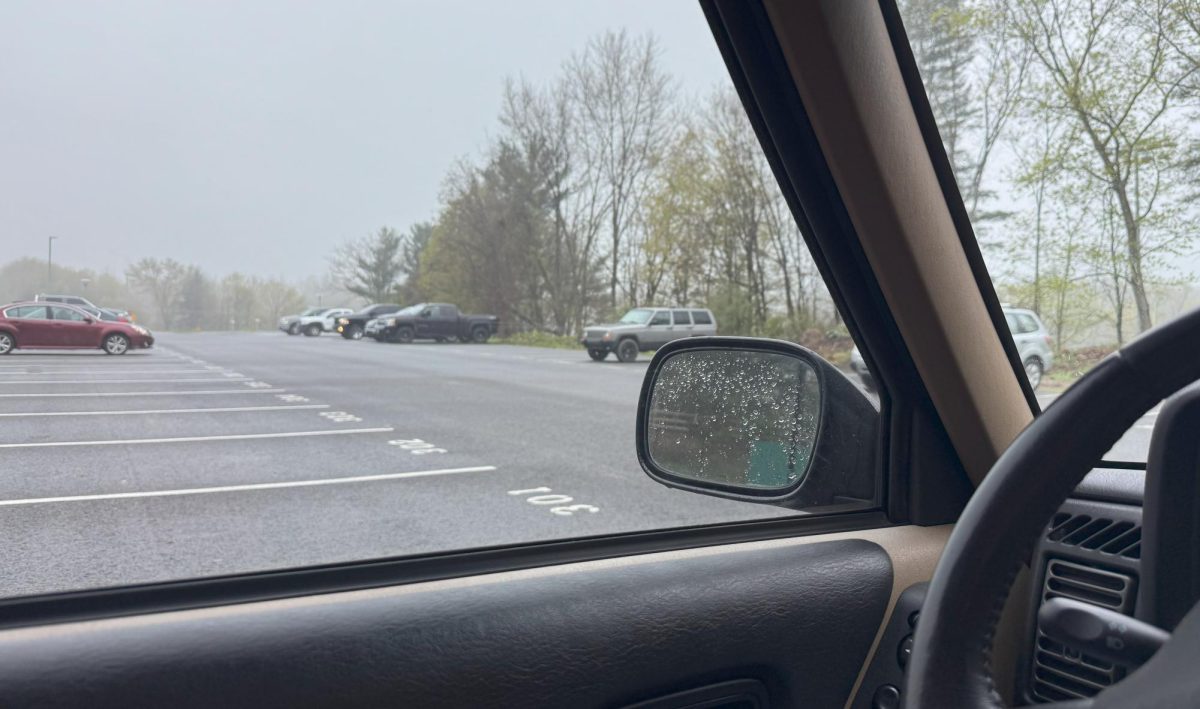WOODBURY – Chemical fertilizers and pesticides are dangerous for the environment. The impact they have on food, animals, and air we breathe is becoming increasingly harmful and impacting the world around us.
Everyone loves animals and their pets but do you know how harmful the soil in the garden is to them?
“Pesticide exposure can be linked to cancer, endocrine disruption, reproductive effects, neurotoxicity, kidney and liver damage, birth defects, and developmental changes in a wide range of species,” says a research study conducted by M.L Stutchbury, B.J. and Morrissey, featured on the site Beyond Pesticide . “Exposure to pesticides can also alter an organism’s behavior, impacting its ability to survive.”
Fertilizers for lawns have been linked to cancer in dogs. Dogs with Canine Malignant Lymphoma (CML) and benign tumors that their owners used lawn chemical fertilizers in their lawns.
“The chemicals in lawn fertilizer can cause cancer in dogs if they ingest enough of it over a long period of time,” according to Unified Garden, a website that features writing about chemical fertilizers and the damage they do to dogs. “This happens when the dog eats grass that has been treated with fertilizer and then ingests small amounts of that grass while it’s eating other foods or treats throughout the day.”

Cancer is a late sign of exposure to chemicals but not impossible. It can also affect the reproductive parts of animals. It has been shown that being exposed to chemical fertilizers can cause or risk miscarriages, birth defects and stillborns.
“Many deformations have been found after exposure to hormone-mimicking pesticides classified as endocrine disruptors,” M.L Stutchbury, B.J. and Morrissey, featured on the site Beyond Pesticide states. “The impacts of these chemicals include hermaphroditic deformities in frogs, pseudo-hermaphrodite polar bears with penis-like stumps, panthers with atrophied testicles, and intersex fish in rivers throughout the U.S. Reproductive abnormalities have been observed in mammals, birds, reptiles, fish, and mollusks at exposure levels considered “safe” by the U.S. Environmental Protection Agency (EPA).”
It’s not just animals that are affected by these issues, it is also the air around us. According to an 2022 Congressional Research Service (CRS) article, ammonia is in second place for production within the chemical world, used for a lot for chemical fertilizers. Ammonia has the right nutrients to create a good fertilizer. The problem with ammonia is that it’s made under high temperatures and a lot of pressure. Using a ton of energy by burning fossil fuels.
“Around 70% of ammonia is used for fertilizers,” states We Forum, a resource that deep dives into climate issues and agriculture. “The rest is used for industrial applications, including plastics, explosives, and synthetic fibers. Demand for ammonia is expected to grow significantly over the coming years as the population expands”
Burning fossil fuels gives off greenhouse gasses, carbon dioxide to be exact. Carbon dioxide is the main cause of climate change. According to World Atlas, humans contribute 35 billion metric tons of carbon dioxide into the atmosphere per year.
After fertilizers are applied to crops, a lot of the fertilizer runs off into the water supply, or is broken up into the soil. This process releases the greenhouse gas nitrous oxide into the atmosphere, creating a warming effect that effectively traps warm air, suffocating the planet.
Though nitrous oxide is only a small portion of greenhouse gasses around the world, the reason for using it is it warms the plant 300 times more than carbon dioxide.
“Chemical Fertilizers should probably stay out of gardens like where food sources are being grown,” says Eric Birkenebeger, Nonnewaug’s greenhouse production instructor. “In the landscape for your lawn I mean as long as people treat their lawn turf area properly make sure its aeration should have a good PH. If you have a good PH and you can adjust that with lime then you need other fertilizers. A lot of time isn’t needed.”
But even with using fertilizers and pesticides within the landscaping world, we could go back to the animals. When they roll or dig they inhale or ingest the chemicals and end up hurting themselves.
When the fertilizers are used on crops there is a risk of the chemicals getting into the food by the crops absorbing the chemicals getting into it and then getting into our grain, vegetables, fruits, and water supply.
“Chemical fertilizers can cause problems with the heavy metals that can be found in it,” says an article conducted by Erica Davies, featured on the site Drug Watcher Org. “These include Lead, Mercury, Cadmium, and Uranium, which can have a negative impact on the kidneys, liver, and lungs. These heavy metals are also associated with other human health hazards.”
Even students that work with these chemicals are against them.
Junior Lexi Sweeney worked at Amity Gardens, a garden center that would use pelletized versions and it would be slowly released into the soil.
“I feel that chemical fertilizers are extremely unnecessary for plants in general,” says Sweeney. “There are more sustainable methods that don’t pollute the planet and keep the plant organic. I have had great luck without using chemical fertilizers in my own garden, instead I use organic options such as fertilizers and compost.”











